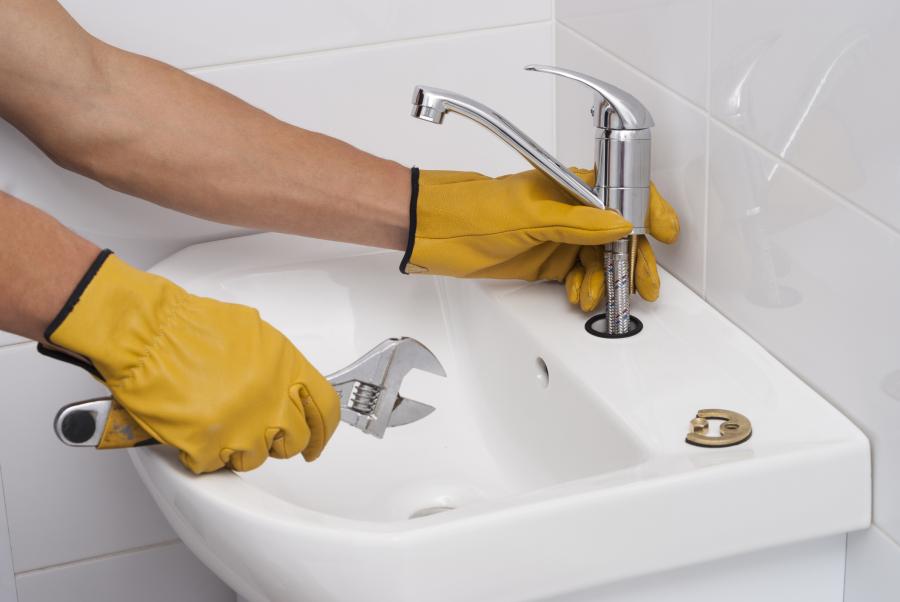Where to Find & How to Fix Household Leaks

According to the US EPA, the average household leak can waste more than 10,000 gallons of water a year and 10% of homes have leaks that waste 90 gallons or more per day! But by quickly finding and fixing leaks you can protect your home and your wallet.
Typical sources of leaks are often easy to fix, requiring only a few tools and hardware that can pay for themselves in water savings. And fixing easily corrected household water leaks can save you about 10% on your water bill.
Toilets
A running toilet can waste as much as 200 gallons of water or more per day.
The most common cause of a toilet leak is the rubber flapper valve. Over time, the valve becomes worn out and doesn't seal shut properly. Replacing the valve is a quick and easy fix. One way to find out if you have a toilet leak is to place a drop of food coloring in the toilet tank. Wait 15-30 minutes without flushing. If the color shows up in the bowl, you have a leak. Flush immediately after the experiment to avoid staining the tank.
Faucets
A leaky faucet that drips at a rate of 1 drip per second can waste more than 3,000 gallons of water per year.
The most common sources of a faucet leak are a worn-out washer or gasket, a loose O ring, or a corroded valve seat. These problems are easily fixed with inexpensive parts available at most hardware stores.
Showerheads
A showerhead leaking at 10 drips per minute wastes more than 500 gallons of water per year.
Most leaky showerheads can be fixed by ensuring a tight connection between the showerhead and pipe stem by using pipe tape. You may also need to replace the washer inside the showerhead. Consider replacing an old showerhead with a more efficient, low-flow one.
Appliances
Appliance leaks are one of the most common issues causing costly water damage. A burst washing machine or dishwasher hose can send gallons of water flooding through your home.
Check any water-using appliances, such as dishwashers, refrigerators, washing machines, and water heaters, for water puddles or drips. These appliances often have plastic or rubber hoses that should be regularly checked for clogs, cracks, or tears. Tighten any connections and inspect any tubes or hoses, replacing them if necessary. When possible, use reinforced steel-braided hoses.
Outdoors
An irrigation system that has a leak 1/32nd of an inch in diameter (about the thickness of a dime) can waste about 6,300 gallons of water per month.
In-ground irrigation systems, garden hoses, and spigots are often the source of leaks outside of the home. If you have an in-ground irrigation system, check it each spring before use to make sure it wasn’t damaged by frost or freezing. Check your garden hose along its length and where it connects to the spigot for leaks. Repair small holes or tears with tape or larger ones with a hose mender. If it leaks at the spigot, replace the hose gasket or coupling and ensure a tight connection to the spigot using pipe tape and a wrench.
